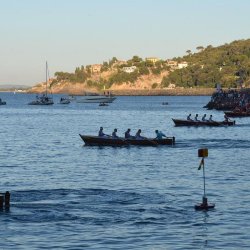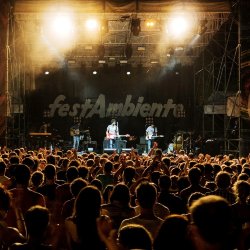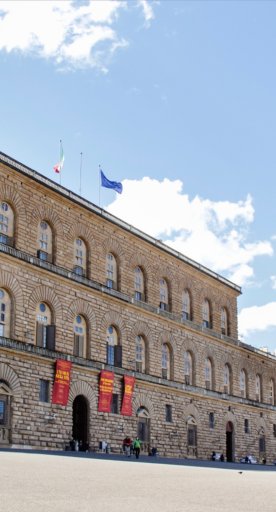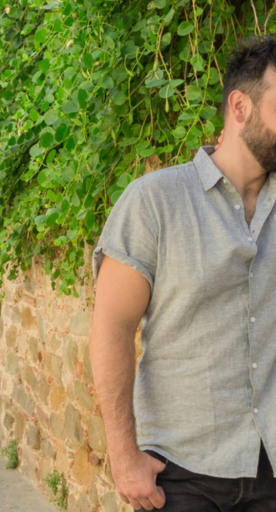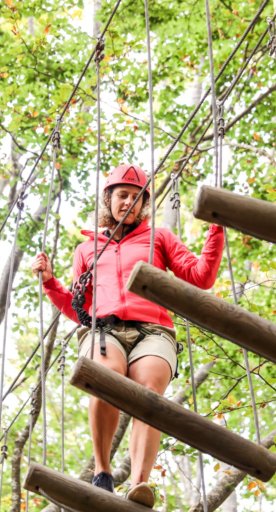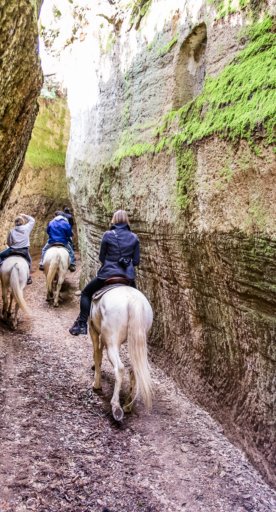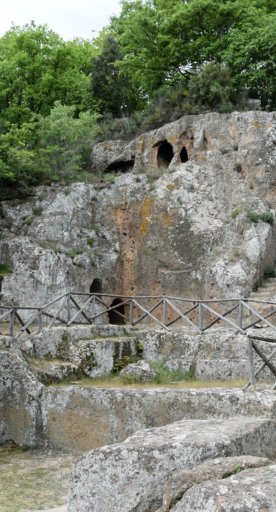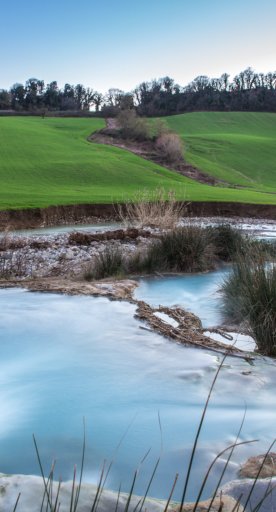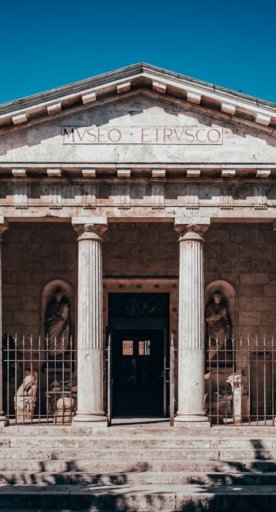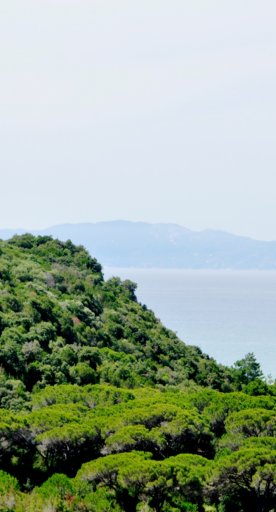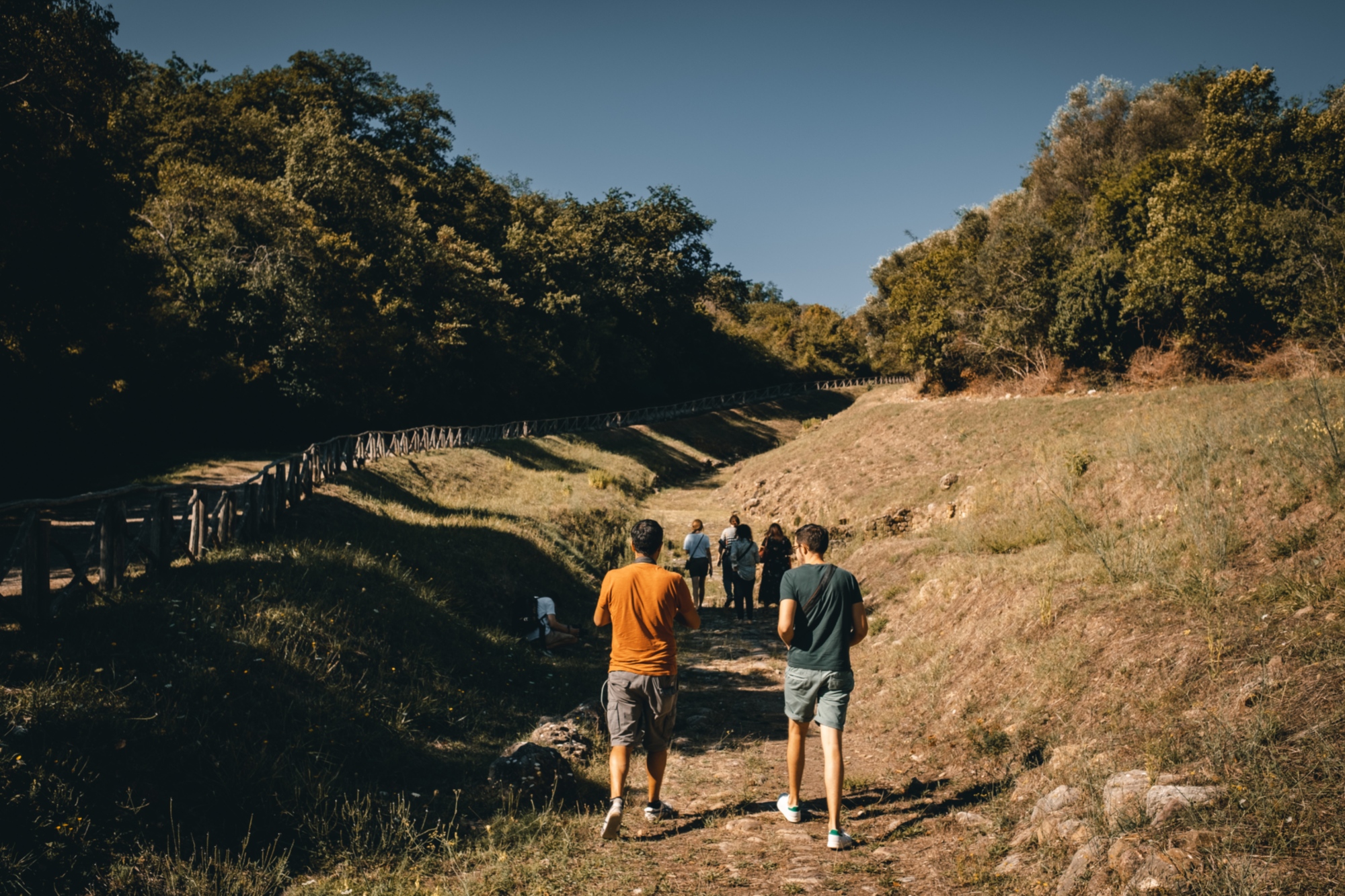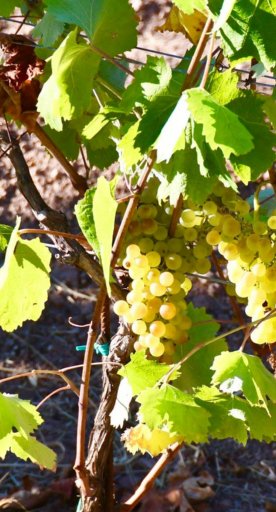

On the trachyte trail in the Maremma
A journey through the hilltowns of Roccastrada and Roccatederighi
This route takes you through some of the medieval hilltowns of the upper Maremma, which are fascinating for the geology as much as for the geography of their buildings. They are made of trachyte, a volcanic rock that was used not only for the external structures but also for the furniture inside.
The use of this rock, which is largely exclusive to this part of Tuscany, adds a dash of colour and elegance to the buildings, thanks to its geomorphic composition. Beloved of architects and aesthetes, it has its own unique style.
Trachyte was used in defensive structures like walls and castles, an example being the forts of Sassofortino and Roccastrada. But it was also used to beautify old town centres, as in the case of Roccatederighi, and in functional buildings like the mill and foundry in Torniella. It therefore has an assured place in the architectural, natural and artistic heritage of the area, and even today reveals itself to visitors in all its beauty, drawing attention to the buildings made from it and their centuries-old functions.
-
1.Roccastrada
-
2.Roccatederighi
Roccastrada

The buildings in the hilltown of Roccastrada preserve their original structures even today; most of them, we observe, are made from trachyte. Passing through the gate in the piazzetta dell'Incrociata and looking to our right, we see two trachyte gates, large in scale and actually fairly recent in design.
At the corner between via IV Novembre and vicolo della Salita, we note a new access stairway up to a building. In the irregular stone-and-brick masonry, we see light brown trachyte details inserted into it, with large pieces of finely, geometrically sculpted quartz.
Roccatederighi

There is also no shortage of the mineral in the hamlet of Roccatederighi. Walking the narrow streets, you can see numerous houses hewn into the hillside and embellished with trachyte pieces. An example is the building at the end of via del Tufolino, recognisable by its delicate, plant-motif decorations. The date 1466 is carved into one of its walls, and the architectural style would put it firmly in that time bracket, though certain elements were probably later additions, in view of a lighter shade than those found in other palazzi. The jambs are made of long, rectangular trachyte blocks.
In this case, the trachyte was used as something of a statement, in that the most prestigious architectural elements were made from volcanic rock, while less illustrious local stone was used the other parts of the building.





